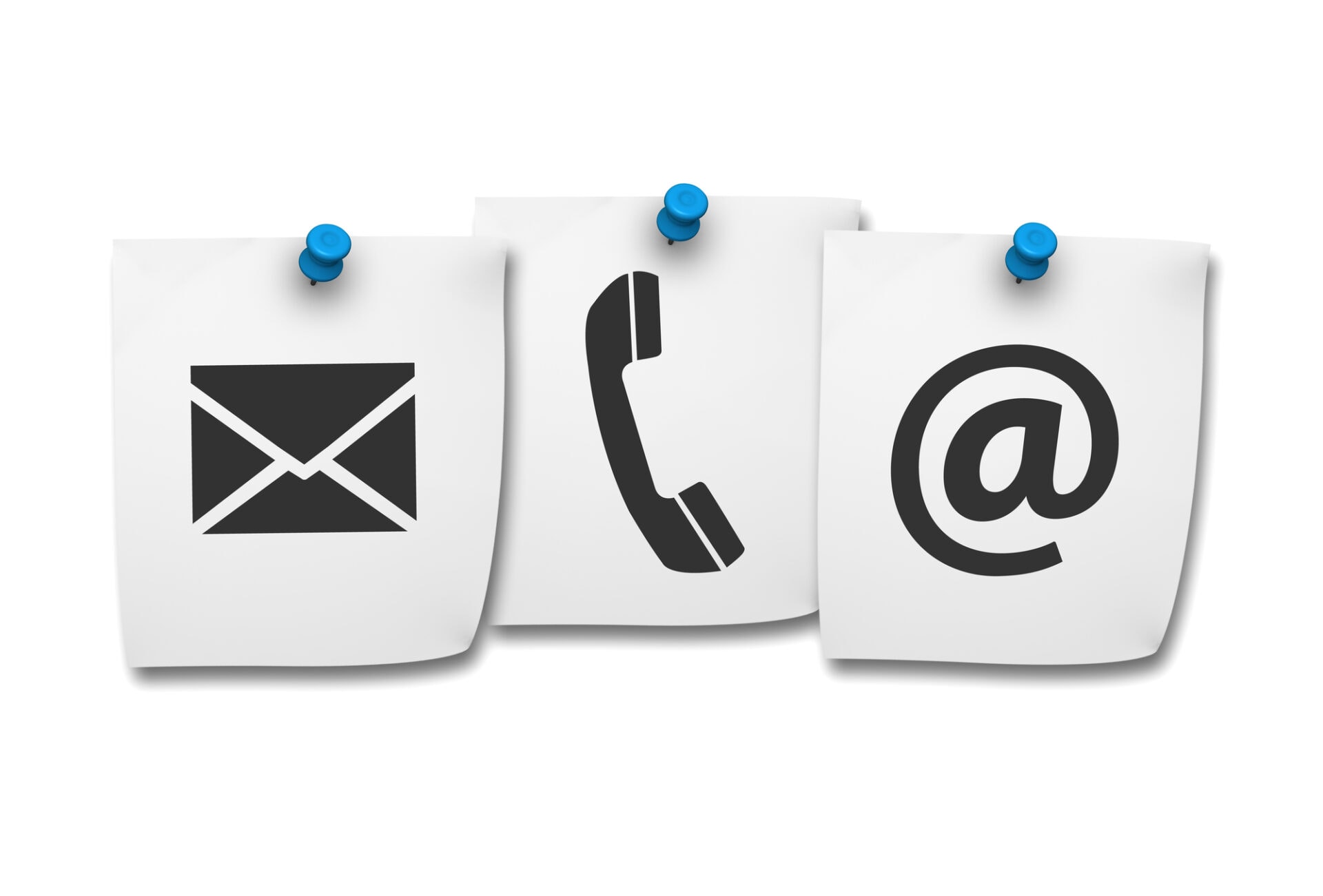
Are you making unintended but deadly contact page mistakes? Your contact page might be the shortest page on your site, but it’s certainly one of the most important. Think about it…
The whole reason your website exists is to get people to contact you. While methods vary depending on your site strategy, clicking on that “contact” button is a highly desired action for most businesses.
Yet, despite the importance of contact pages, website owners invest very little thought and effort into their design. Contact page mistakes that can put your visitors off are easy to fix. Here’s a list of the most common you need to look out for.
No Contact Page
Imagine a potential buyer visiting your site, having discovered you on search results. They want to contact you and ask you more about the product/service you’re selling (the start of a long-term business-customer relationship). But, if your contact information is not easy to find, chances are they’ll give up. Don’t let them move on to the next website that CAN answer their questions without having them struggle to figure it out.
Clever Renaming of the Contact Page
You might prefer calling your page something clever like “Let’s talk business,” “Experience,” or “Resonate.” But, using creative terminology will only confuse your site visitors. They don’t want to think about what they’re looking at. They don’t want to land on your “But Wait, There’s More!” page and wonder if that’s where they can connect with you. Don’t be clever. Call it “Contact.”
Providing Only a Contact Form
If your contact information is buried deep within your website, don’t expect your site visitors to do an internal search to land on it. Most visitors will look for a separate contact page menu in the top nav and the footer – so that’s where you should put it.
Contact forms make it easier for your site visitors to get in touch with you, but it’s not all you should have on your contact page. Why? The form may not work; your visitor may be using a mobile device that doesn’t display the form well, or perhaps the visitor wants to ask you a question or speak with you.
While they’re generally helpful for site owners, webforms take control away from the user. That can frustrate people who don’t want that kind of contact. Besides, some people don’t like filling out forms, which can drive them away.
Too Many Fields on the Contact Form
It’s nice to know everything about your potential clients and possibly pre-qualify them as sales leads, but… Would you like it if you have to fill out a long form to get in touch with a prospective provider? Probably not! So don’t expect it from your prospective customers. Only request information that’s necessary.
No Option to Contact You Directly
If your site visitors want to get in touch with you, they probably want to talk to you directly. Make sure they can. Give them a phone call and email address. Links to the social media accounts on your contact page are okay (X handle, Facebook page, Instagram account, etc.), but don’t rely on this for the same reason as including only a form. Make the prospective customer’s first impression that you are easy to do business with.
Outdated Information
This seems like a no-brainer, but it happens more often than you’d think. You probably don’t visit your contact page very often… and that makes it easy to leave outdated info in place. New address? Email change? New phone number? New sales rep? Update your information when it changes to ensure it’s always accurate.
The Takeaway
By avoiding the Contact page mistakes listed above, you can create an accessible, flexible, accurate, simple, and straightforward page that can improve your website UX and help you nail your first impression online.



